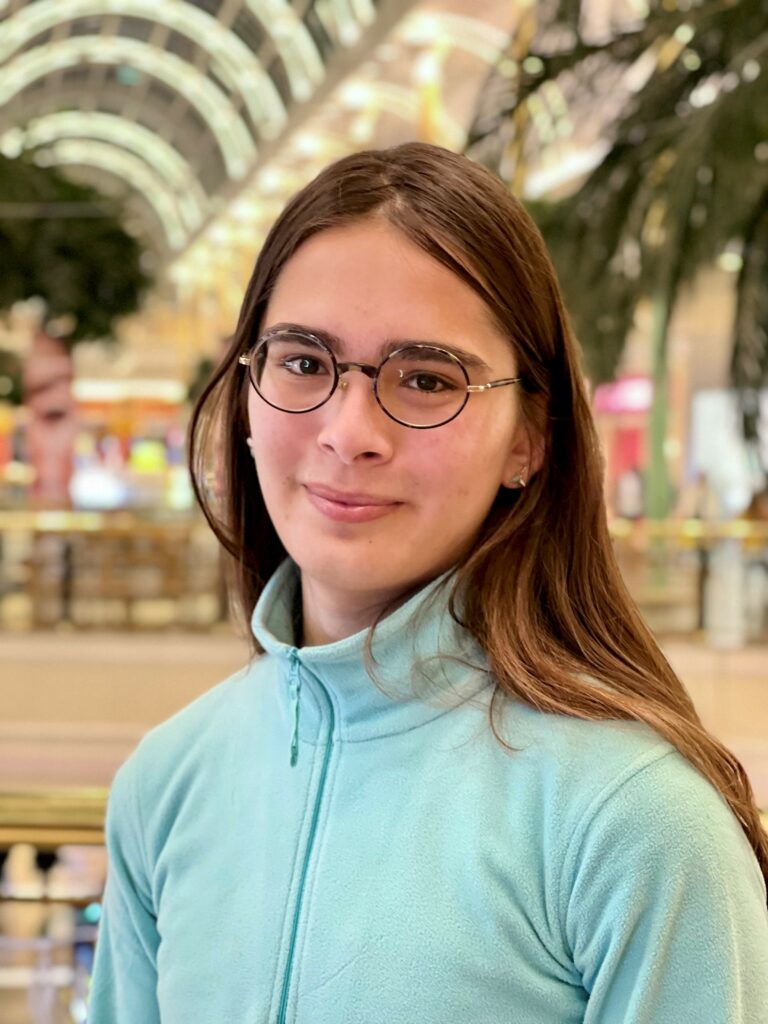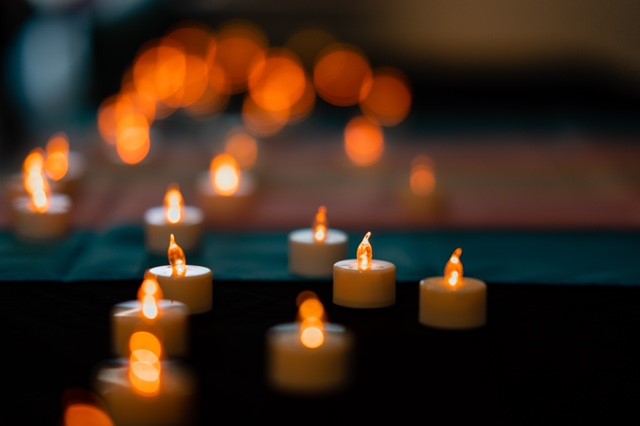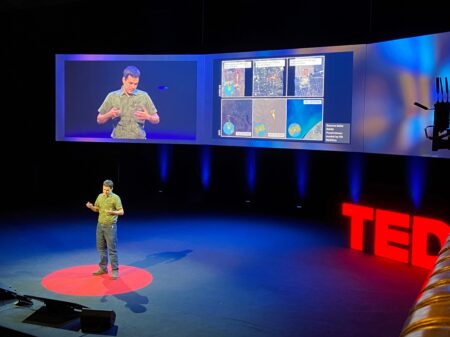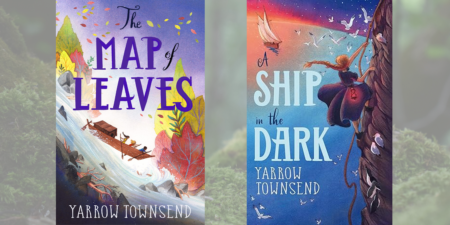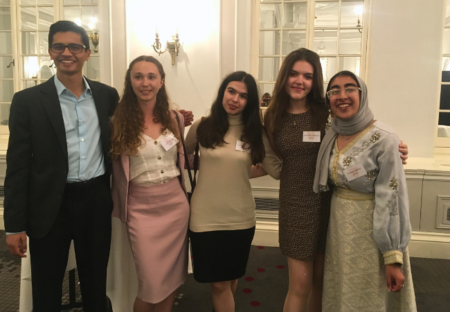We are very lucky to live in a corner of the world where most people live free from physical, mental, and emotional violence. Having this freedom is a key determinant of human flourishing, so violations are always tragic and often unjust. Trans Day of Remembrance (TDoR) is a moment to remember certain violations of this freedom directed against those who do not identify with the gender that they were assigned at birth. We do so by holding acts of remembrance, typically including reading a list of victims from the prior year, and poetry or a liturgy from trans artists. I would, however, like to say a few more words on the deeper meaning of these acts of remembrance.
First, the root of the word —‘transgender’—is a Western label, with which many non-Western persons on our list of names would not have associated themselves. These include individuals like Acey D. Morrison, a Two-Spirit person from Rapid City, South Dakota; Sheila Lu-mum-ba, a non-binary lesbian from Nyeri County, Kenya; and Rose Mbesa, an intersex woman from Trans (N)Zoia County, Kenya. All were murdered because of their genders, but none used the word ‘trans’ to describe their gender identity. When we use the word ‘trans’ as an identity term, we should acknowledge the diversity of experiences of gender, and the fact that many such experiences are foreign to our Western understanding.

Second, as in prior years, most of the individuals on our list of victims this year were black or brown transfeminine persons in the global south. It bears repeating that the religious and colonial institutions of the global north have the blood of these persons on their hands, in particular the Catholic Church.
Third, I wish to point out that physical violence is just one part of the equation. To quote Gray Crosbie’s poem Sticks and Stones:
Sticks and stones, they said
And who hasn’t had to pretend that insults are weightless?
Let them just skim off our skin like skipping stones
Try not to ripple too much on the surface…
It’s clear that physical, mental, and emotional violence are intimately connected, and words can contribute to violence in all its forms. But we mustn’t forget that, if used properly, words can liberate as well as hurt. In acknowledgement of this fact, I urge you to uplift and listen to the words of your trans peers, for in sharing their stories, they may find liberation.
Fourth, I wish to mention that suicide is also a manifestation of unfreedom from violence. A trans person’s decision to take their own life is intimately connected with both the mental violence they suffered from a transphobic society, and the physical and emotional violence they suffered from transphobic family, friends, and acquaintances. Often, the lives lost were of children who suffered violence at the hands of transphobic schools and families. Even if they never suffered physical violence, their unsupportive environment inflicts a form of mental violence because it instils feelings of profound isolation and a lack of self-worth.
We cannot forget that many other contributors to trans suicide—an epidemic of trans homelessness, or the comorbidities between gender dysphoria and mental health disorders—are also intimately connected with unfreedom from violence, because they stem from the longstanding neglect and marginalisation of trans individuals in the healthcare and social services.
Fifth, the unfreedom from violence can persist even after death, when insensitive news outlets erase or disrespect a victim’s gender identity by deadnaming or misgendering them. This is an all-too-common occurrence across the world. This systematic erasure of trans identity is the reason that our list of names is, and will forever be, necessarily incomplete.
Sixth, I argue that remembrance has a deeper political purpose. For in remembering our dead we acknowledge that they could have survived and flourished in a world free of gender identity-motivated violence—a world with trans liberation. And we might also imagine how this world would look, from their perspective. They might remark that they enjoy not only the freedom from violence because of their gender identity, but also the freedom from the fear of such violence.
Why is this such an important point? The incredibly thick skin of many trans elders tells a story — that trans people are not allowed to be as soft as their cis counterparts. To loosely quote an alumnus of St Hugh’s College named Aung San Suu Kyi: ‘The effort necessary to remain uncorrupted in an environment where fear of violence is an integral part of everyday existence is not immediately apparent to those fortunate enough to be removed from such environments.’ Trans people today still cannot be soft, or young, or just ‘exploring.’ No: too many of them must expend incomprehensible amounts of effort to cope with the violence they face at the hands of a system that was not built for them or their needs, to support their peers as they deal with this violence, and to make demands of justice that are binding on that system. These are the burdens trans people face in even the most liberal democratic nations, and they are incompatible with both the realisation of justice and of trans joy. Think about all the time and resources with which trans people could flourish and have beautiful experiences, if they didn’t have to spend half their lives building up immunity to the scourge that is transphobia—or saving up to access expensive medical care. So trans liberation entails trans joy.
It also bears repeating that one group can only exercise power over another in the presence of a threat of coercion or violence. Without the fear of identity-based violence, the cis-sexist power structure that is the source of much trans suffering will by itself wither away. So trans liberation entails trans power.
That is the deeper political meaning behind Trans Day of Remembrance, and that’s why TDoR is short for not only ‘trans day of remembrance’ but also ‘trans day of resilience.’ It is a reminder not only to remember our past but also to fight like hell for a future. A future where each of us use the privileges we may individually have to create a world free from the fear of transphobic violence. That is the only way we will bring about trans liberation, trans joy, and trans power for all.
